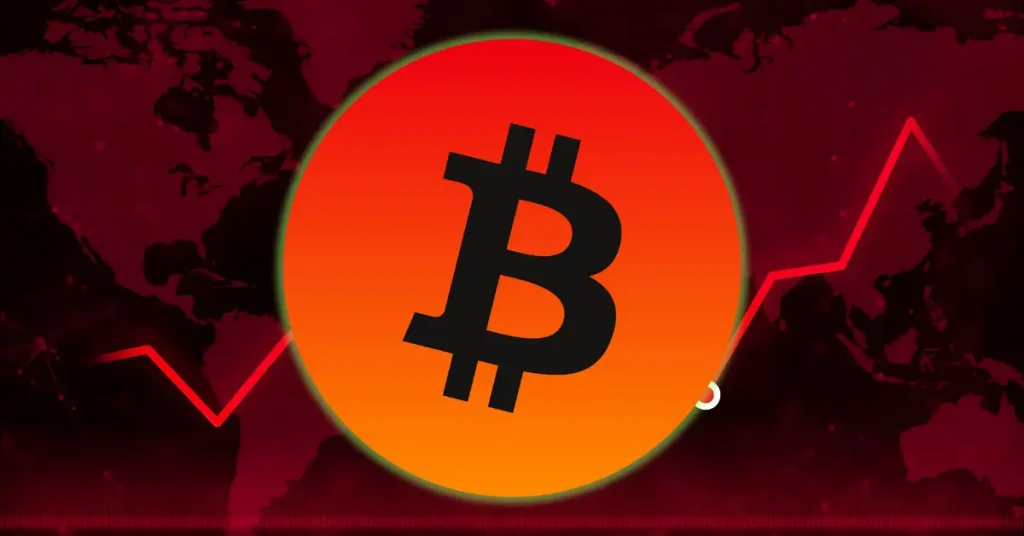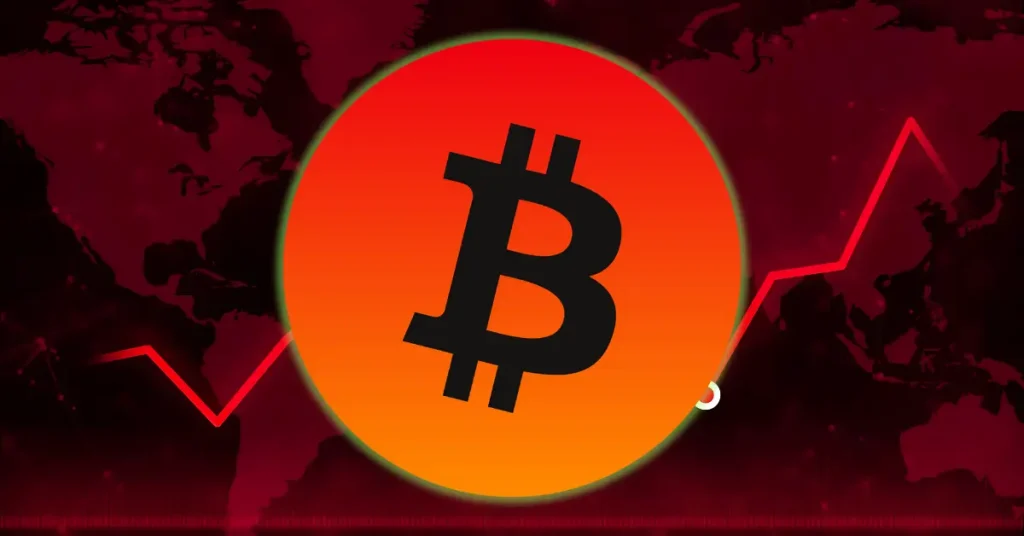
The post Bitcoin Price Stalls at $94K as Altcoins Rally and Whales Accumulate appeared first on Coinpedia Fintech News
Bitcoin remained relatively quiet in the market today, showing little movement while many altcoins made moves. Despite the lack of action from Bitcoin, the overall market remained active, with traders turning their attention to altcoins that have seen strong and sometimes aggressive upward moves.
This sideways movement from Bitcoin is not a concern and may actually be helping the altcoin market flourish. For now, Bitcoin is consolidating just below an important resistance level of $94,200, a level that traders have been watching closely. This level marks the golden ratio on the Fibonacci retracement scale, which is known to be a point where price often reacts or pauses.
Healthy Consolidation After Strong Rally
After a strong rally earlier in the year, Bitcoin now appears to be taking a break. This kind of rest is common and can give the market a chance to gather momentum for the next move, which many hope will be another step higher. Although there has not been a clear push above the current resistance, there also hasn’t been a strong rejection, meaning the price is still holding up relatively well.
Next Price Targets in Sight
In recent analysis, attention has been drawn to some higher target areas. Short-term levels around $94,590 and $95,000 have already been reached or tested. Further potential targets sit near $95,444 and $96,450. However, Bitcoin is also very close to its March high at around $95,150, which could act as another point of resistance.
Key Support Levels to Watch
At the same time, there are important support levels below the current price that traders are watching closely. If Bitcoin drops below $90,438, that would be an early sign that a top may have already formed. A deeper move below $89,474 would further confirm this and shift focus to a larger downward correction, possibly into the range between $86,000 and $81,000.
From a technical perspective, the recent pullback still looks like a temporary pause rather than a full reversal. As long as Bitcoin stays above key support levels, the chances for continued growth remain.
Whales Are Accumulating Again
Recent on-chain data shows that large Bitcoin holders—commonly referred to as whales and sharks—have been accumulating more BTC.
Wallets holding between 10 and 10,000 Bitcoins added over 19,000 coins during the recent rally, a strong signal that big players are still confident in the market.
The post Bitcoin Price Stalls at $94K as Altcoins Rally and Whales Accumulate appeared first on Coinpedia Fintech News
Bitcoin remained relatively quiet in the market today, showing little movement while many altcoins made moves. Despite the lack of action from Bitcoin, the overall market remained active, with traders turning their attention to altcoins that have seen strong and sometimes aggressive upward moves. This sideways movement from Bitcoin is not a concern and may …



 Bitcoin’s value has jumped +11.2%, and this has once again coincided with key whales & sharks adding on to their already enormous bags. Wallets holding 10-10K
Bitcoin’s value has jumped +11.2%, and this has once again coincided with key whales & sharks adding on to their already enormous bags. Wallets holding 10-10K